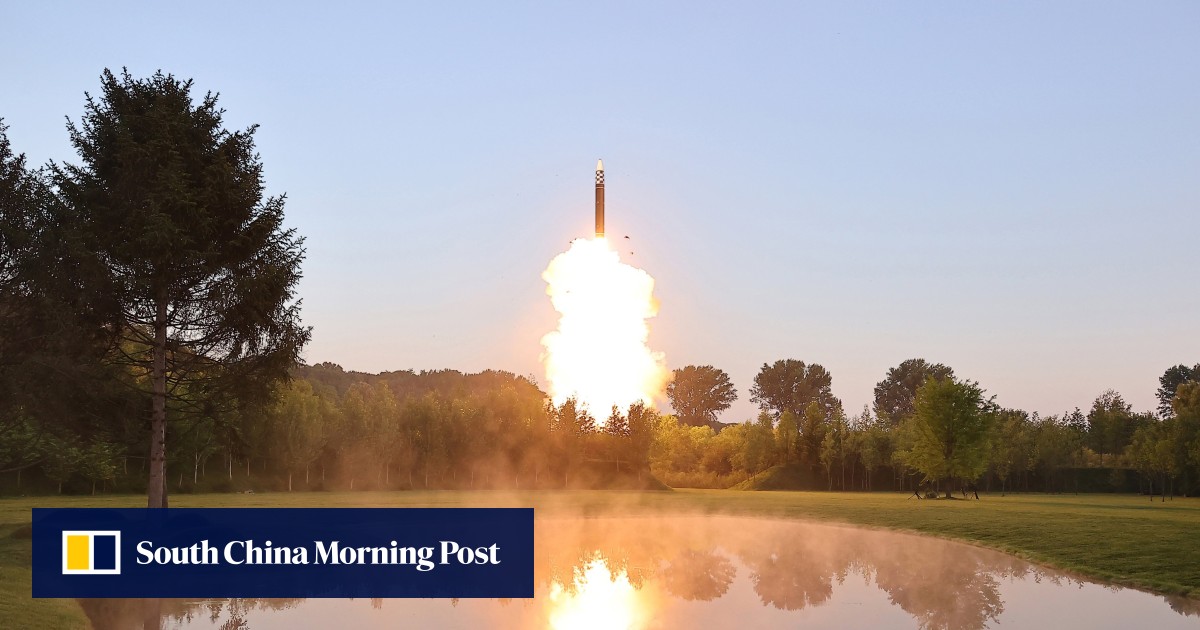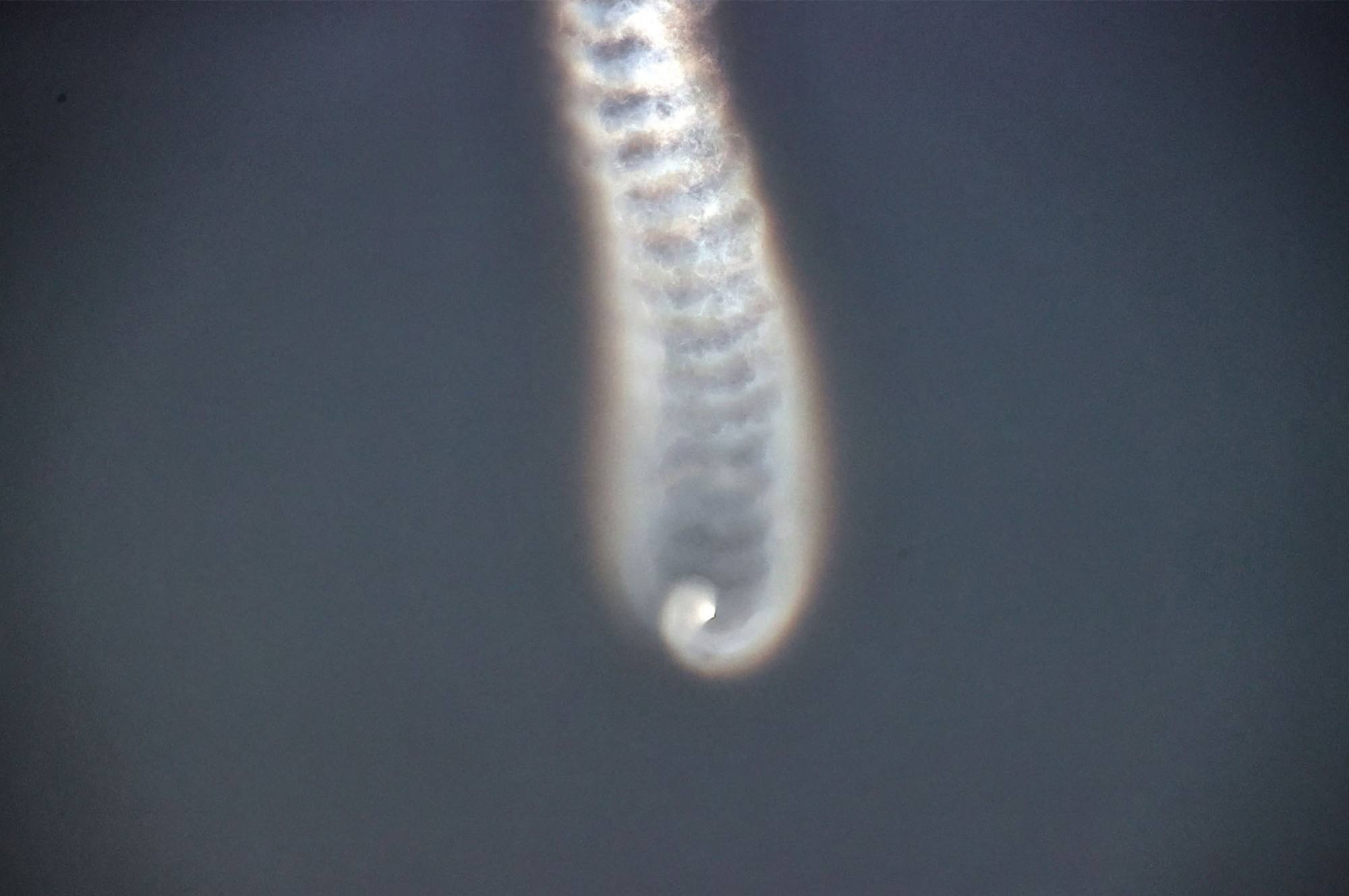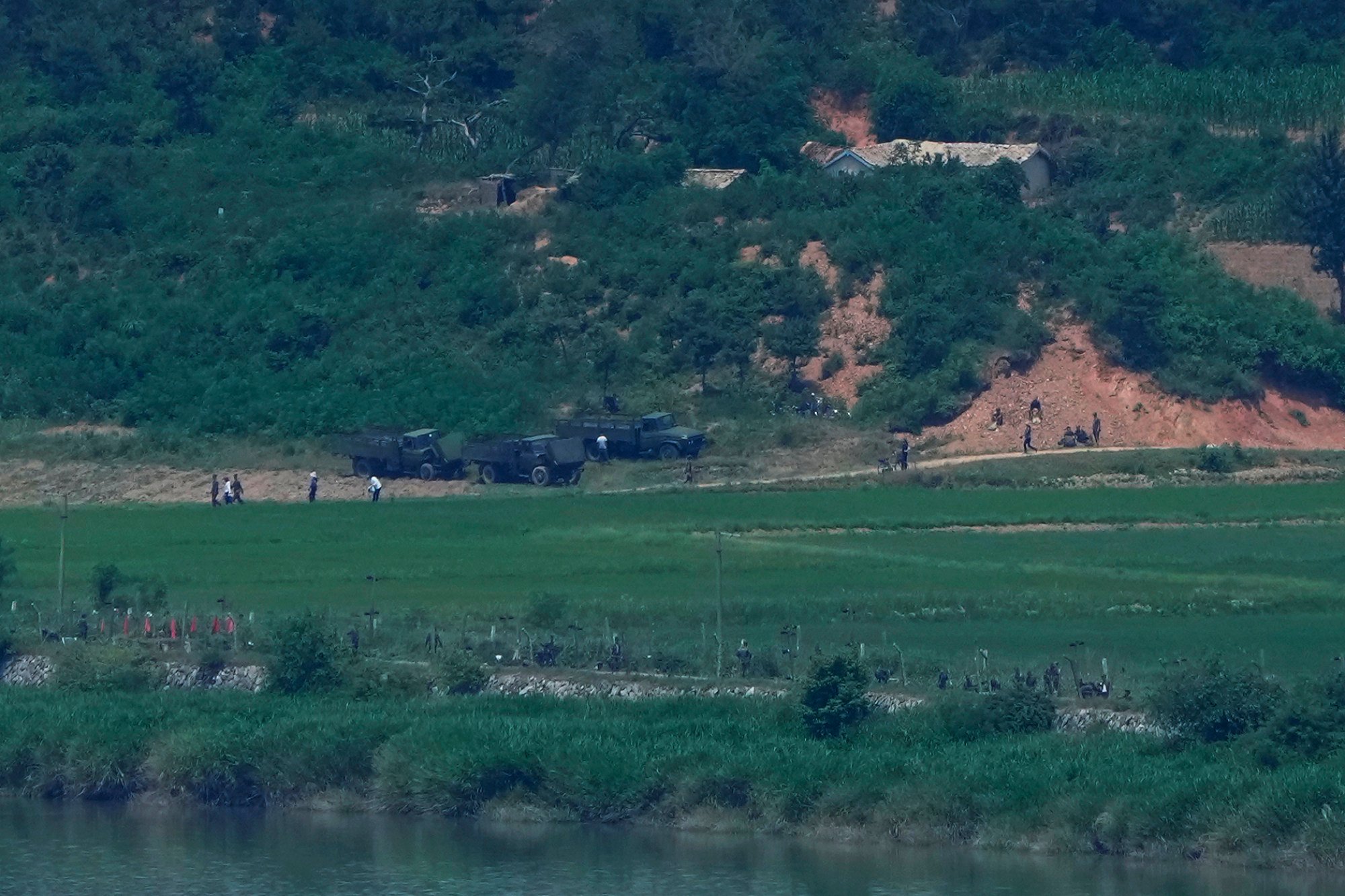War of words breaks out over allegations of North Korean missile tests with multiple warheads

“The missile launched by North Korea yesterday exploded in an early phase of flight,” said Colonel Lee Sung-jun, spokesman for the Joint Chiefs of Staff in Seoul, on Thursday.

The North said the test used “the first stage engine of a solid-fuel medium-range ballistic missile within a radius of 170 to 200 kilometers,” which was convenient for measuring the MIRV’s flight characteristics.
The MIRV was guided precisely to three target coordinates, it was said.
Its Missile General Office “successfully conducted” a test of separating and guiding maneuverable warheads, which is “of great significance for achieving the goal of modernizing missile technology,” the Rodong Sinmun newspaper reported.
The aim of the test was to “ensure the ability to destroy different targets with multiple warheads,” it said.
However, experts say further verification is needed, pointing out that the North has often exaggerated military technological advances and manipulated images of missile launches in the past.
“Unless the photos were altered in this way, the images released by North Korean media appear to support their claims that the test was to verify the technology needed for a missile with multiple warheads and decoys,” Lee Il-woo, a senior researcher at the Korea Defense Network think tank, told This Week in Asia.
“The South may have confused the separation of several warheads and decoys from the payload module with the explosion of a hypersonic missile in flight.”

Such a low-flying missile with multiple warheads and decoys could pose a serious threat to U.S. aircraft carriers operating near the Korean peninsula, he said.
The development of MIRV technology, which is crucial for evading missile interception, was one of the stated goals of North Korea’s five-year military buildup plan announced in 2021.
Chang Young-keun, a rocket scientist at the Research Institute for National Security Strategy, said the missile test was not conducted at a high enough altitude to ensure the guidance and reentry capabilities of intercontinental ballistic missiles.
“The main objective appears to be to check the guidance and control systems” of a post-launch vehicle, he told This Week in Asia. Such vehicles deploy multiple warheads and decoys after the main launch phases.



